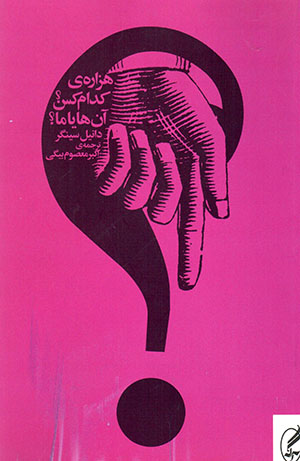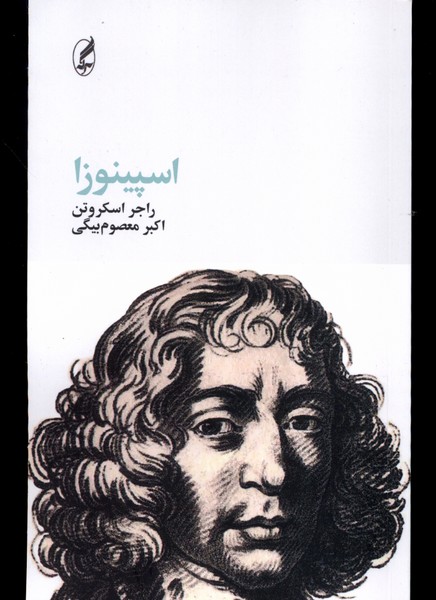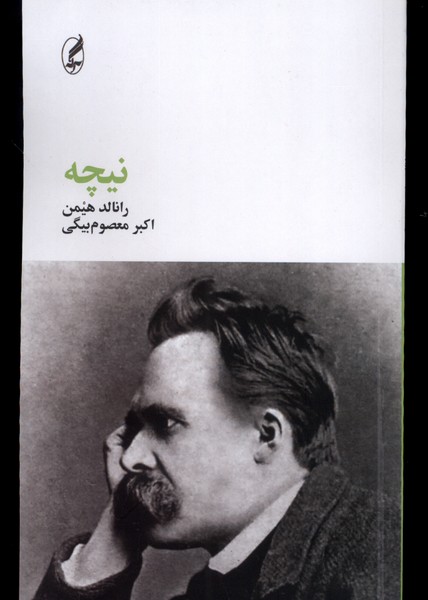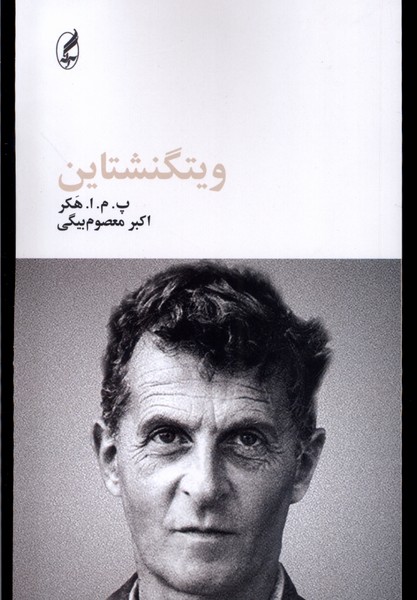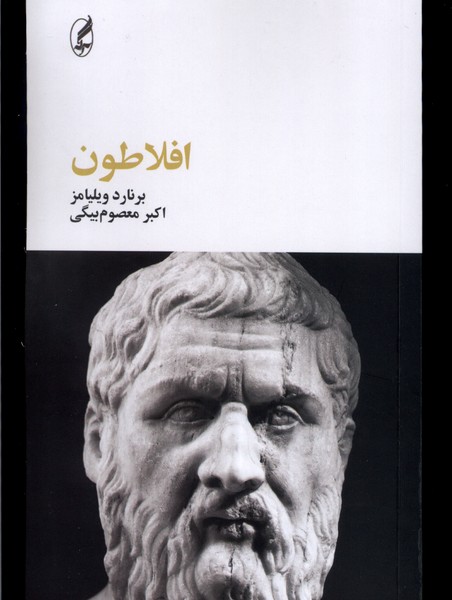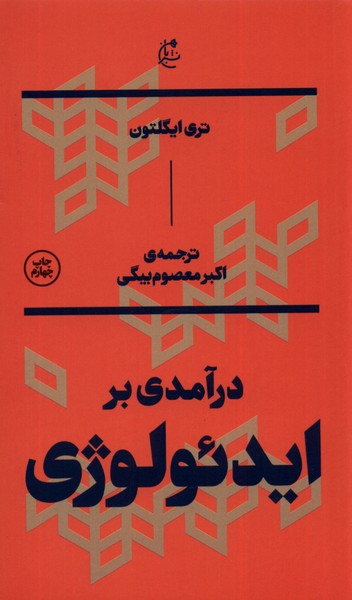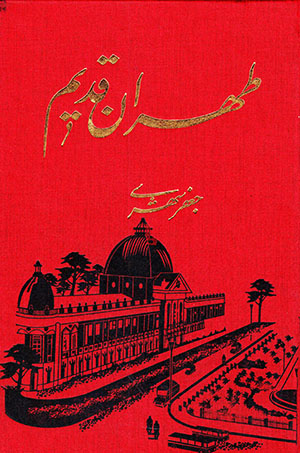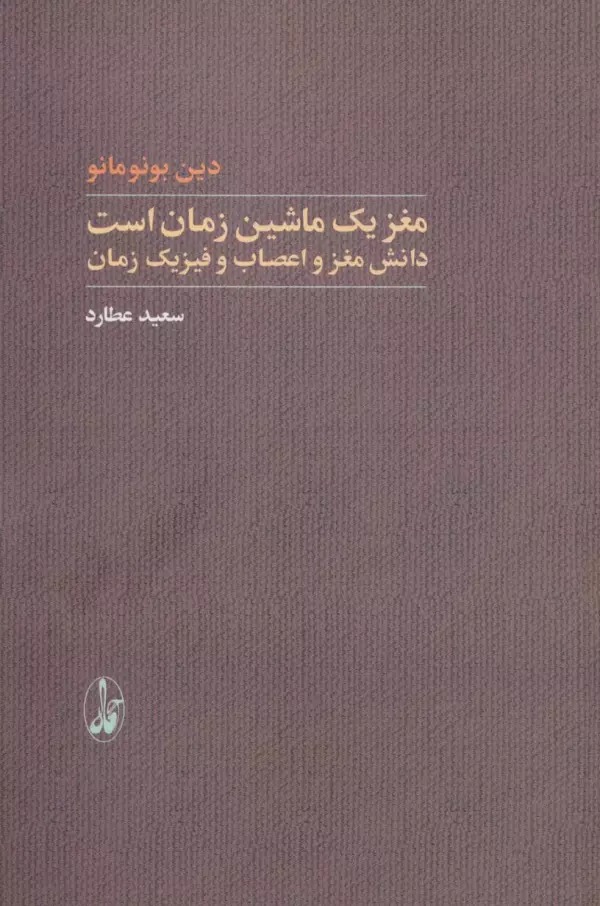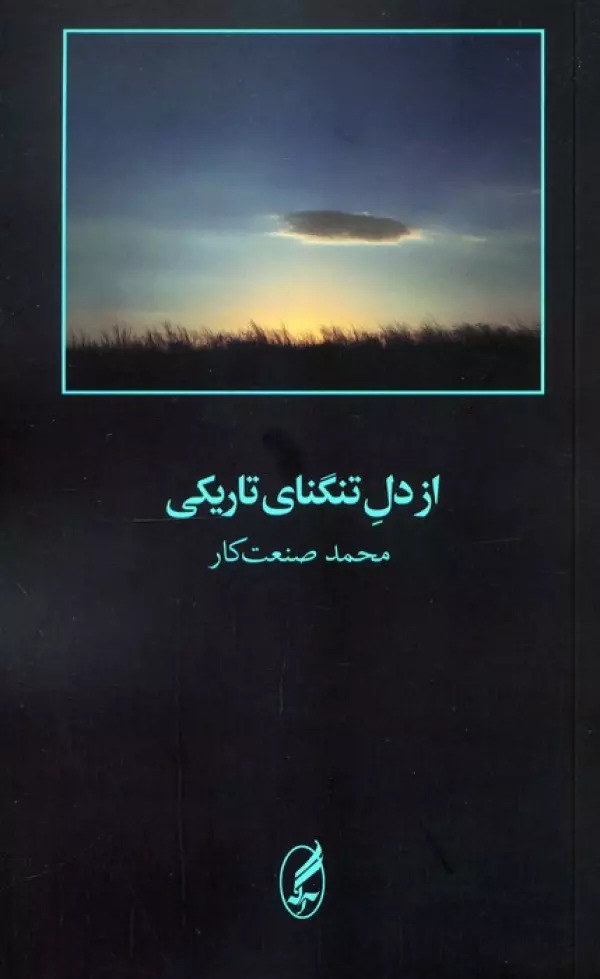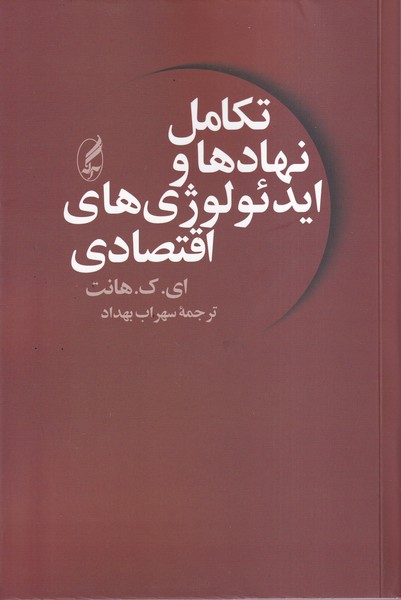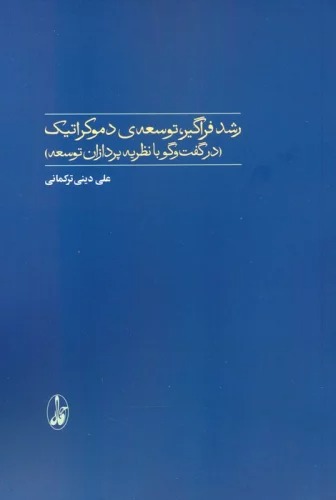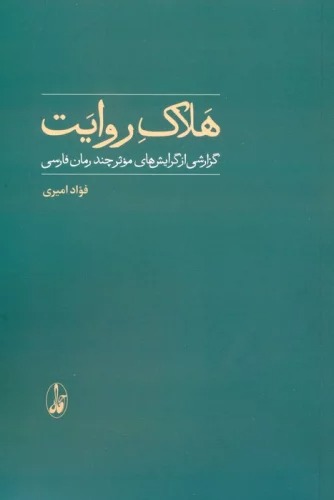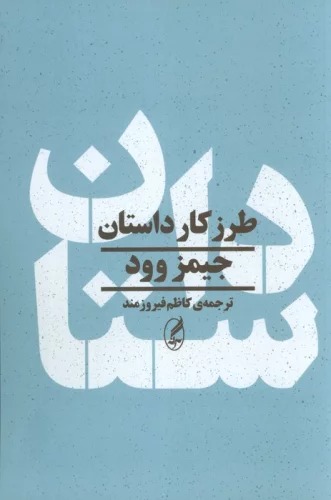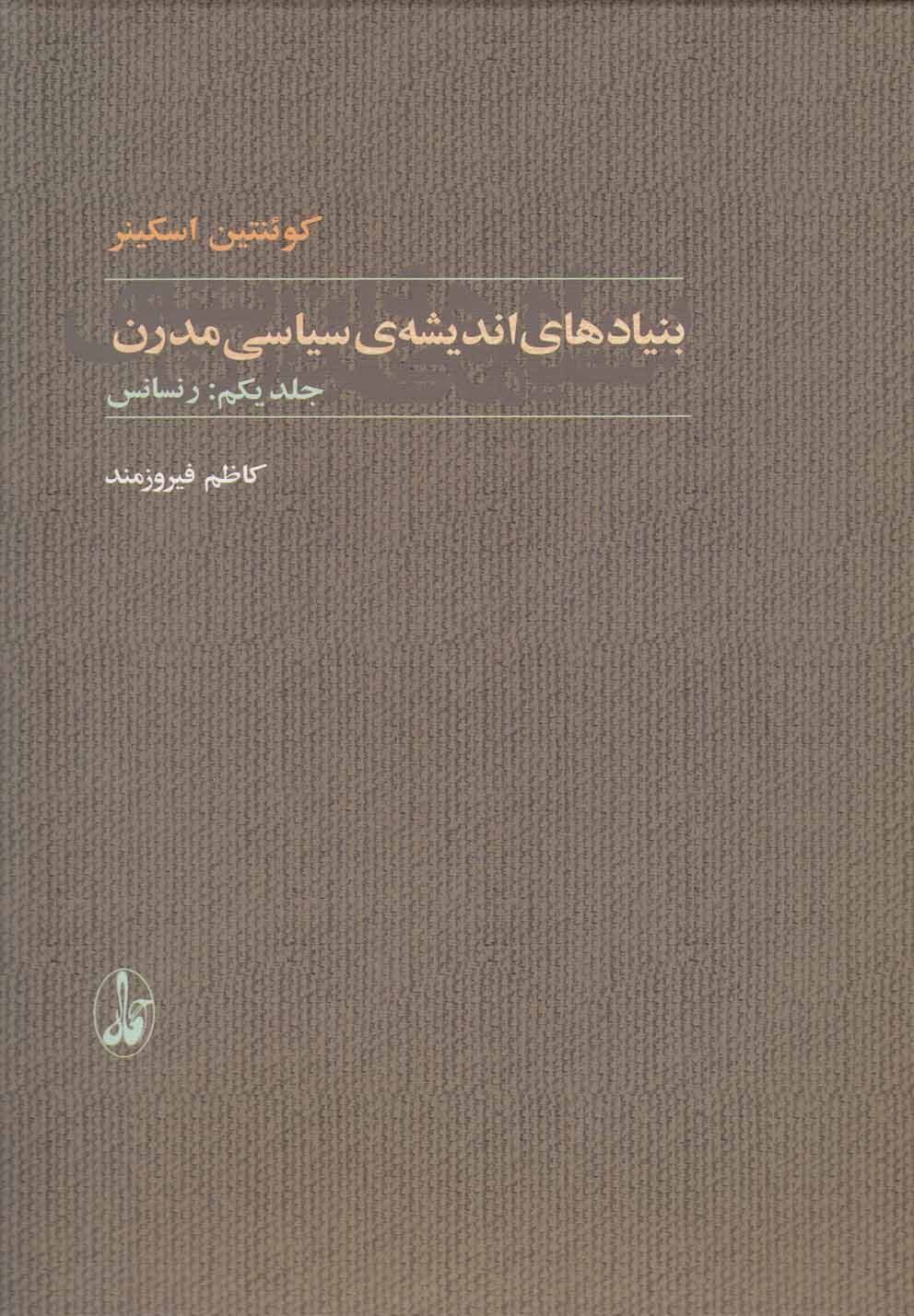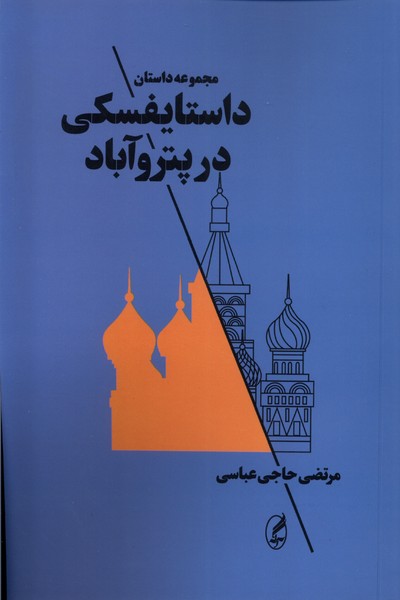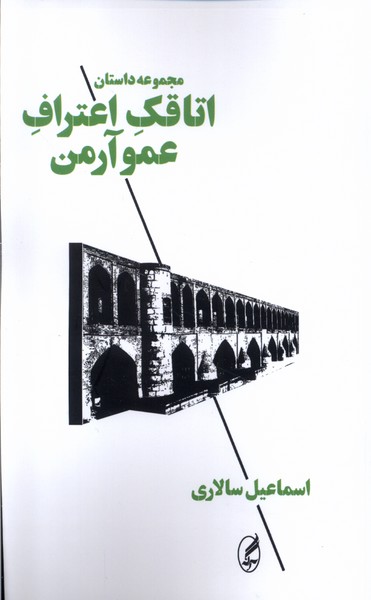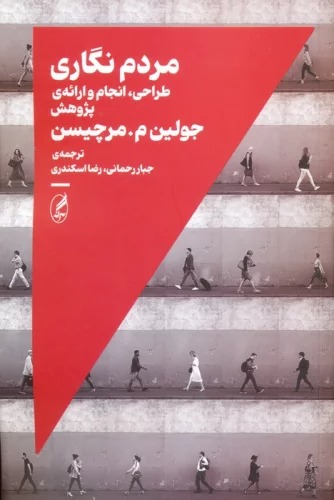Hazārah-yi kudām kas? ānʹhā yā mā?: Persian 1388
هزاره ی کدام کس؟ آن ها یا ما؟
25.22 $
Share
Wishlist
Original Title:
Whose millennium? theirs or ours?
ISBN:
9789643292034
Translator:
Akbar Maʻṣūmbaygī
Publisher:
Agah
Age Group:
Adult
Pages:
440
Weight:
472 g
Dimensions:
14 x 21 x 2 cm
Book Cover:
Paperback
Subjects:
Written with droll wit and lyrical elegance, this visionary book challenges the chorus of resignation-the notion that there is no alternative, that profit is the best relationship between people, and that the market guarantees democracy. Daniel Singer insists that a more free and egalitarian society can be won, and he predicts that the new millennium will be an age of confrontation, not consensus, with Western Europe as a probable first battlefield. In social criticism of rare scope and insight, Singer probes the outcome of the Russian Revolution and Russia's post-1989 turmoil, the transformation of the Polish trade union movement Solidarity into a reactionary and clerical force, the failure of social democracy in Western Europe, the emergence of an unbalanced world after the collapse of one superpower, and the massive 1995 strikes and demonstrations in France-which, Singer argues, were the first revolt against the prevailing idea that there is no alternative to market stringency.
more
سال 1989 میلادی، نقطة عطفی در تاریخ اروپا است. یکی از آن تاریخهایی است که باید به یاد سپرد. این تاریخ در ذهن مردم، همواره با سقوط دیوار برلین پیوند دارد و نشانه فروپاشی امپراتوری نواستالینی است. ولی این تاریخ، نمودار چیزی بیش از این است. از لحاظ جغرافیایی، این تاریخ از لهستان که نخستین جنبش غیرکمونیستی در سپتامبر در آن شکل گرفت تا آلمان و چکواسلواکی که طومار رژیم در ماه نوامبر در آنجا درهم پیچید و تا رومانی که یک ماه بعد حاکمیت «نیکولاس چائوشسکو» به پایان آمد و سرانجام تا خود اتحاد شوروی امتداد دارد. از این رو به معنایی دوگانه، این تاریخ، نمودار پایان یک عصر است: پرده ژنده نمایشی پایین افتاد که در 1917 قهرمانانه بالا رفته بود و پایان سالهای یالتا، سالهای اروپای تقسیم شده در واقع یک جهان دوقطبی. بخش نخست کتاب حاضر با عنوان «میراث» از انقلاب بلشویکی آغاز میشود که در جایی روی داد که نمیتوانست وظیفه خود را به انجام برساند و سپس نتوانست به مناطقی گسترش یابد که میشد در آن این وظیفه را به انجام رساند و در این بخش پیامدهای این امر بازگو شده است. در فصل دوم علل شکست گورباچف بازگو شده و فصل سوم تاثیر ناپدید شدن ناگهانی یکی از دو ابرقدرت در جهانی پرداخته شده که بیگمان دوقطبی نبوده است. فصل چهارم نیز، دربردارندة جهان سوسیال دموکراسی است.
more

